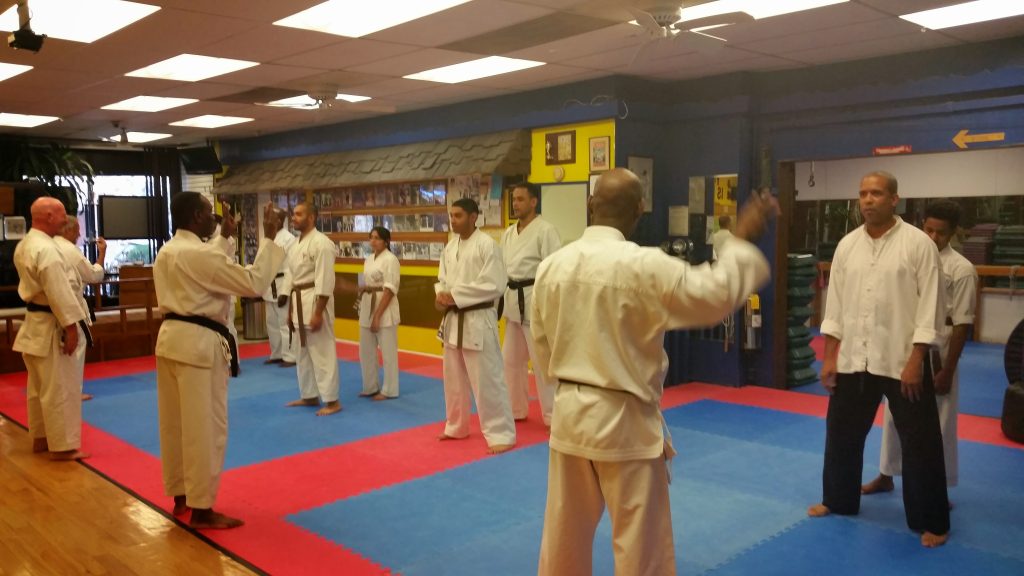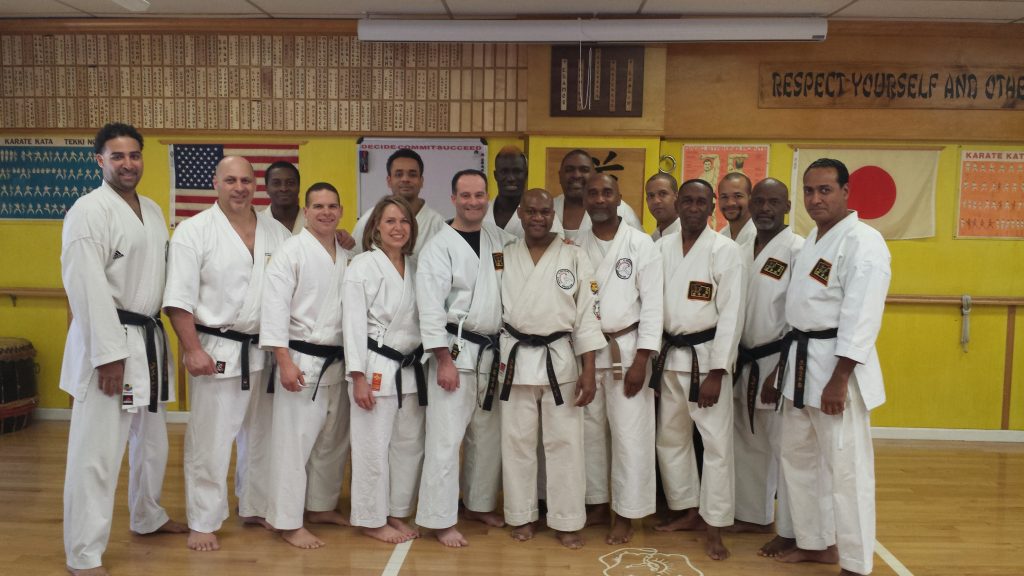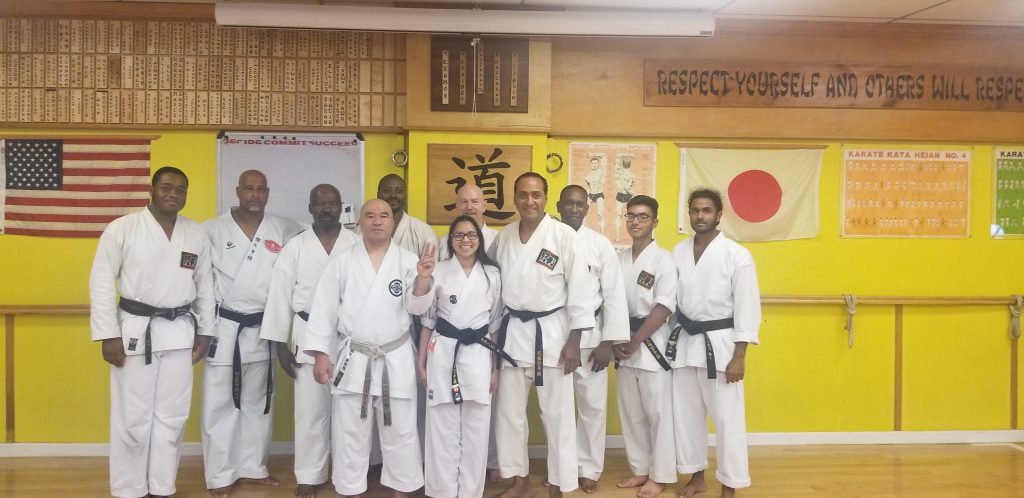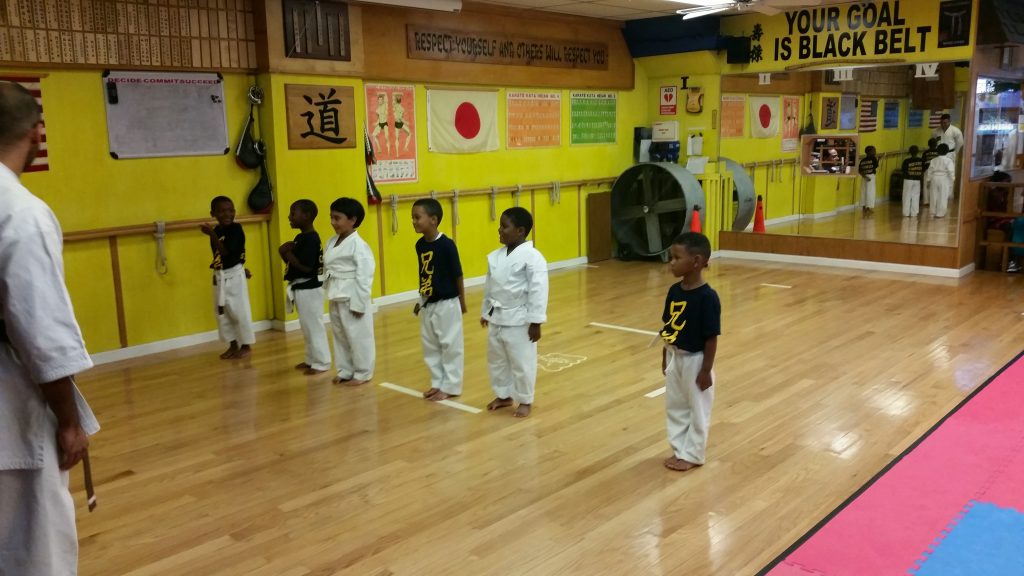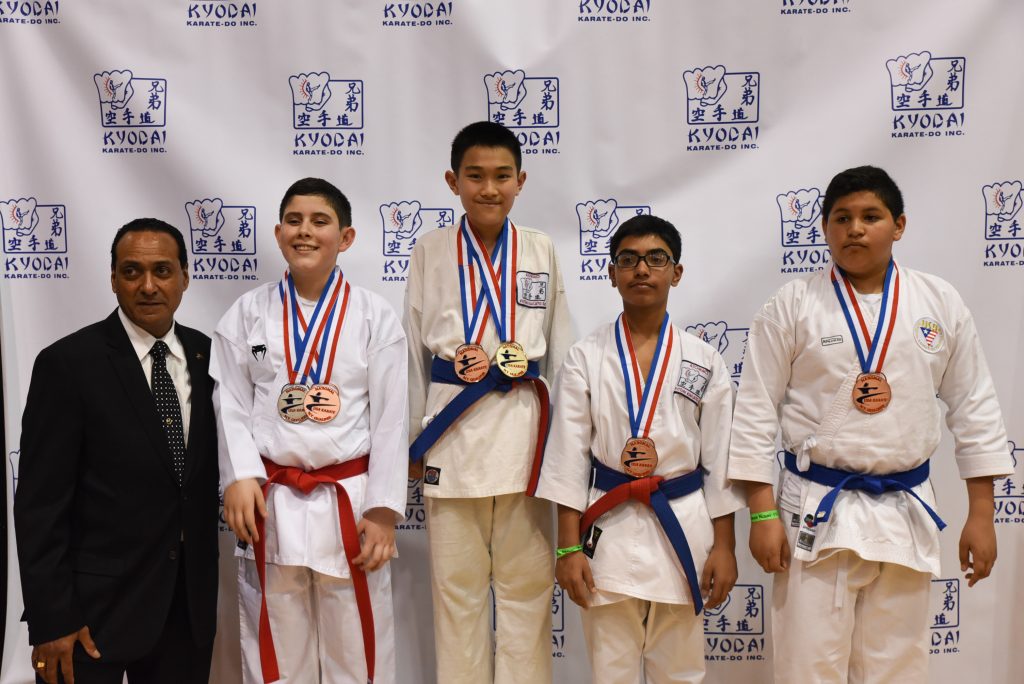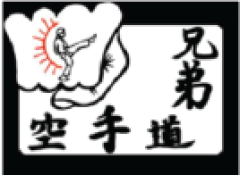The literal translation of the word “karate” is “empty hands”. This refers to the fact that karate originated as a system of unarmed self-defense, using only the hands, feet, and body of the practitioner. This system consists of basic techniques to block or evade then counterattack with punches, kicks, and/or strikes, individually or in various combinations.
Gichin Funakoshi was the person responsible for both introducing karate to Japan from Okinawa and systematizing the art into that which we know it as today. Born in 1869, Master Funakoshi was also a poet and used the name “Shoto” or “pine trees in the sand”. In turn, the style of karate he taught became known as “Shotokan style Japanese karate”.
There are two areas that differentiate Shotokan from other karate styles. The first is the ratio of punches to kicks. Some styles emphasize leg techniques, others emphasize hand techniques. Shotokan karate strikes a balance between the two, making for a more harmonious art. The second differentiating aspect is the emphasis on cross-training. At Kyodai, we require a student to spend at least eight weeks out of every year attending lessons that focus on the different disciplines we offer (Judo for Karate, Kung-Fu for Karate, and Fitness for Karate).
